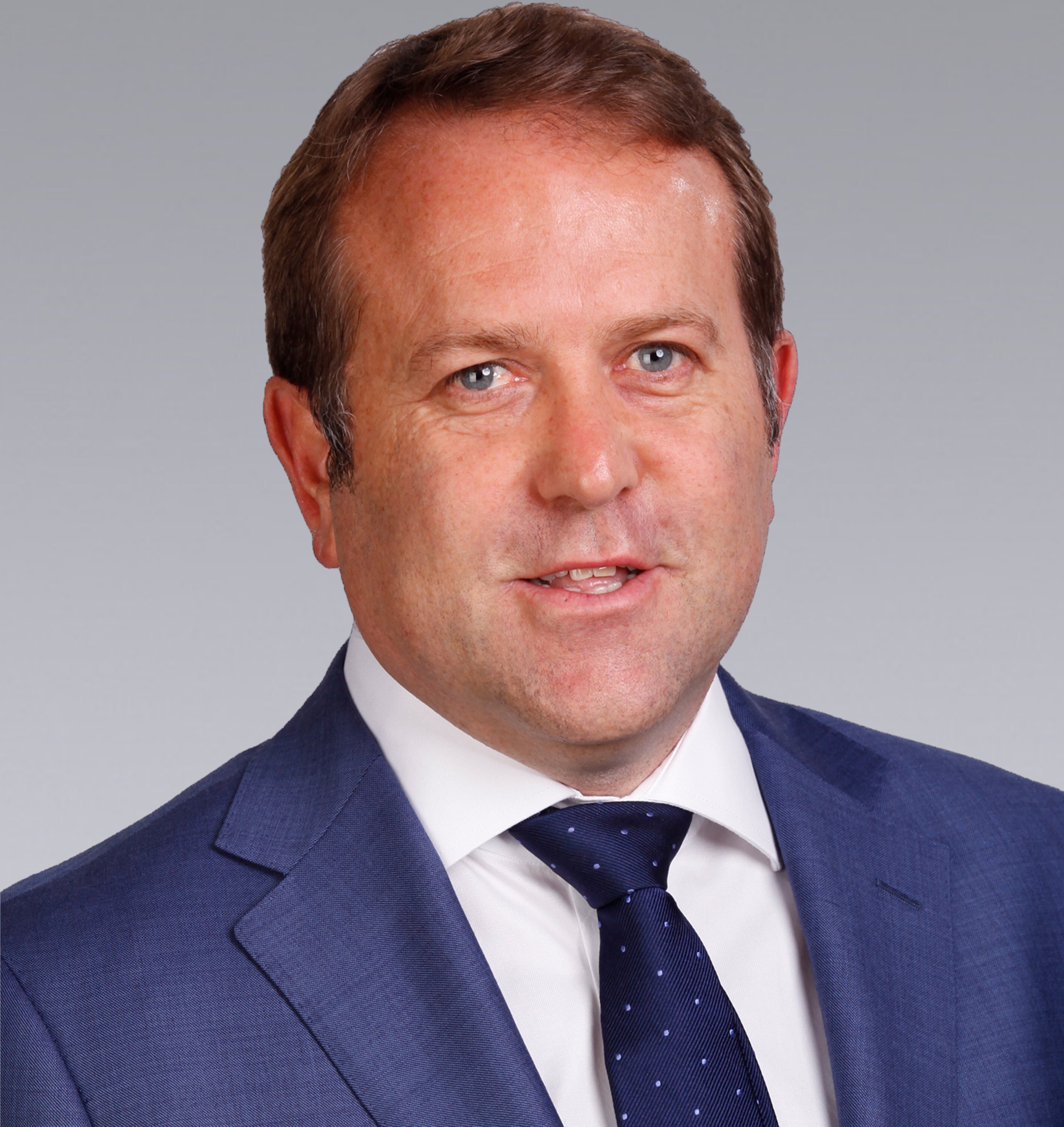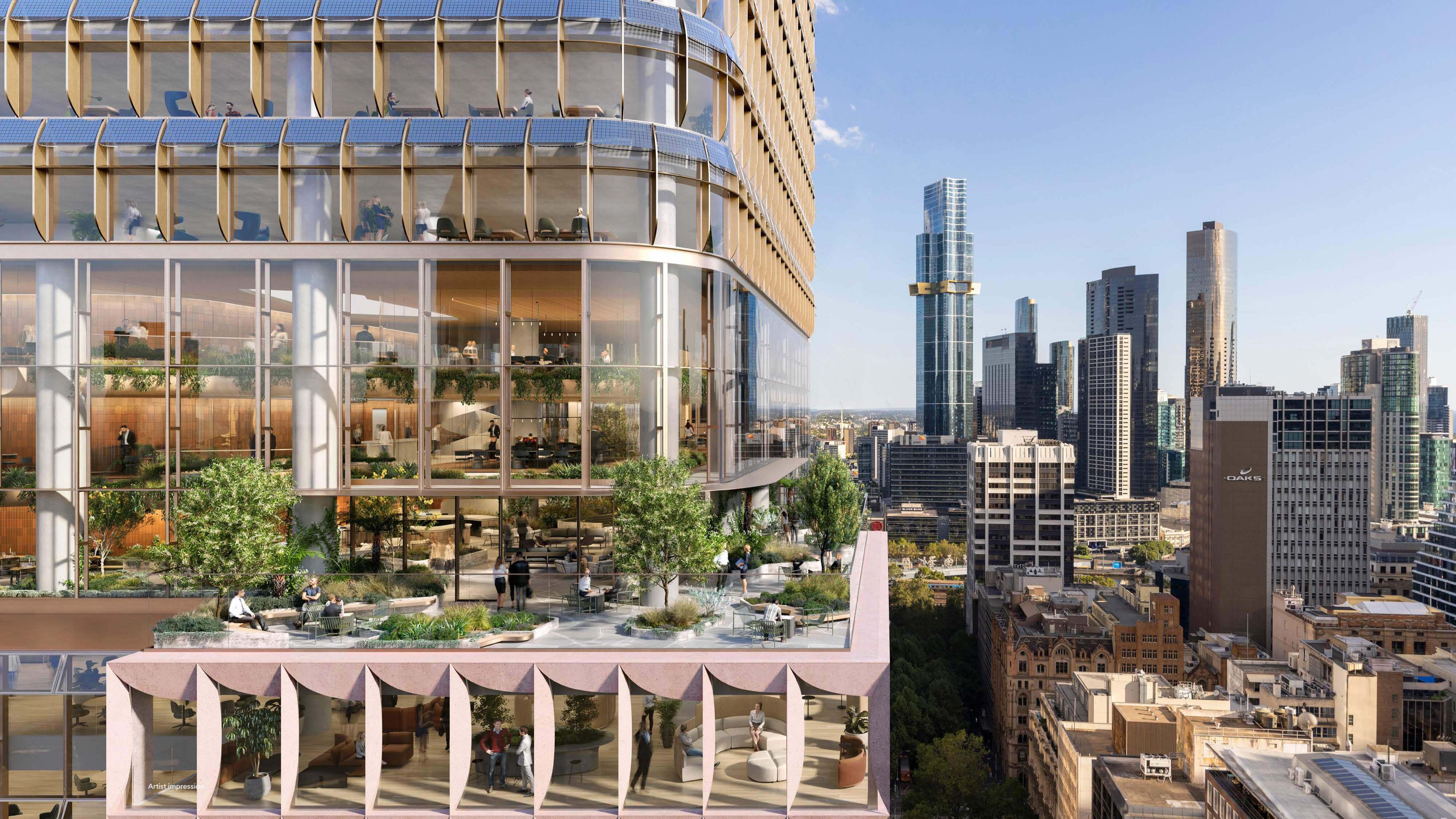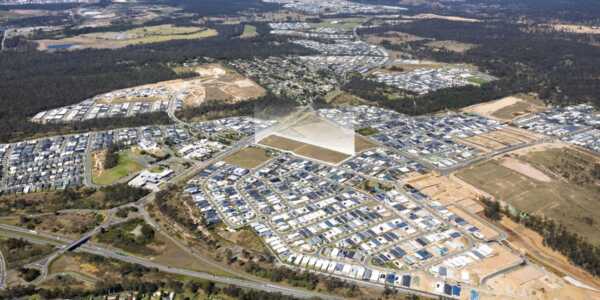ESG is not a passing trend. It’s not a buzz phrase; it’s real.
Even though most organisations have devised their own ways to improve on corporate governance, be more sustainable, environmentally active and socially responsible, the ESG framework provides a global benchmark - one that most companies are striving to exceed. After all, “we cannot be mere consumers of good governance, we must be participants; we must be co-creators.”[1]
What is ESG?
Environmental, social, and corporate governance (ESG) is a framework that grew from a 2004 report titled “Who Cares Wins”[2], a joint initiative of financial institutions and the United Nations (invited by the United Nations). The report has been endorsed by 20 prominent institutions, and in less than 20 years it has now evolved into a framework by which most reputable companies operate.
Environment - Focuses on preserving the natural world with topics such as climate change, greenhouse gas emissions, biodiversity, deforestation, pollution, energy efficiency and water management.
Social - Focuses on people and relationships and includes supporting gender equality and diversity, enhancing customer satisfaction and employee engagement.
Governance - Focuses on enhancing corporate governance and addresses of topics such as board composition, cybersecurity practices, management structure, executive compensation, bribery and corruptions prevention.
Here, we have two perspectives from industry experts - Josephine Sukkar AM, Chair of Buildcorp, and Andy Beasley, National Director of Colliers.
We explore how and why they are taking action and how the market is dramatically changing in this space.

Buildcorp Project - Ainsworth Building, Macquarie University
BUILDCORP - Josephine Sukkar AM
How aware are the partners you work with about ESG compared to years ago?
ESG factors are now a high priority for our partners and clients and their project funding is increasingly tied to ESG metrics, which is primarily driven by climate action. It’s no longer acceptable to give lip service about ESG because globally, investors are demanding companies operate in a socially responsible way. They want to see actions that are making an impact and providing restorative change. They’re wanting to partner with people who are like-minded, both from a sustainability point of view, as well as a socially ethical point of view.
Are they demanding compliance from you? What do they want to see before they engage?
Rather than compliance, it’s more driven by finding a like-minded partner who has shared values, them finding that in us as a builder, and delivering a mutually beneficial outcome. We’re also being asked to address a whole raft of other important things around Indigenous participation, gender equality, environment etc. These, however, are not necessarily driven by compliance but rather, are aligned with both our values and done by choice. The only ESG specific “compliance mechanism” now is the Modern Slavery Act.
What kind of measures are put in place to ensure a project is ESG compliant? Is this mostly Buildcorp driven, or client driven?
Project ESG objectives are laid out in the Tender process upfront, we then work with our partners to develop an ESG Plan that encompasses their set targets and goals. These are usually incorporated into the contracts.
Different clients have different ESG measures, but we also have our own that we want to satisfy. So even if the client doesn’t ask for them or ask for them to the degree that we want them to satisfy them, we do it anyway. We then track and report so that we can measure, manage, and see how we’re making an impact. In parallel, we always continue to look for new opportunities throughout the build to exceed our targets via a number of proactive initiatives platforms across Safety, Environment, and Quality that also encourage our people to share and report their innovations as they arise.
Do you attract like-minded partners, and do you find ESG is a large part of their decision-making?
We do attract like-minded partners. Today the war for talent is real. Especially young employees to the market who understand that ESG measures are important and they want to be in spaces that are greener, have NABERS WELL ratings, Green Star ratings all of which should be able to attract a premium for developers and asset owners.. For example, post the Sydney bushfires and wildfires across Spain and America, many people want to know that the space they’re staying in treads lightly on the land, how the management of running these assets is done, and also the costs of energy. There are a number of ways to attract people now that weren’t there even five years ago.
How do you integrate ESG into your business? Can you give us an example?
It is something that has always come naturally for us, however, we did have to formalise our approach. For years, Buildcorp has been heavy on the E and S part, because as a private business we comply with the governance we need to. But in the social space, for example, we’ve been involved in rugby union for a long period of time and sponsoring grassroots sport we’ve been able to fund, enforce, encourage, and make change around the participation of women which has been huge and impactful, and I’ve led that with my husband, Tony. We did NSW’s first 6-star Green Star fit-out for Google, have formalised our ESG commitment by becoming a signatory to the UN Global Compact, and have developed our strategy in alignment with the Sustainable Development Goals. We also have a dedicated Head of ESG and a group of employee representatives working across the business to help drive this strategy. In addition, there are over 450 super passionate people at Buildcorp who we engage in these issues and through training, capacity building, and giving them ownership of program delivery, it has contributed to success in this area. Further, the development of our Environment Plan (2022-2030) which we launched earlier this year, is an example of this collaboration between employees and management. It was developed with our people through a series of workshops and forums to ensure their input was incorporated.
I understand the Westpac Parramatta Square fitout was aligned with SDG Goal 10, reducing inequality. Can you talk to us about this project?
We selected 10 indigenous businesses to provide us with what we were needing to deliver from joinery, hydraulics, and fire alarms, to manufacturing the workstations, meeting room tables and lockers. The collective value of the contracts with these suppliers represented more than 10 per cent of the total contract sum. To put that into perspective, if a tender has an Indigenous participation requirement in it, most Government requirements across Australia generally stipulate between 1.5%-3% Indigenous spend.
But more importantly, according to the Sleeping Giant Report by Supply Nation, the Social Return on Investment for Indigenous communities averages $4.41 for every dollar spent. The report also highlighted that Indigenous people are 100 times more likely to hire Indigenous people, and 54% contribute directly back to their communities both financially and through sponsorship of community organisations, mentoring and, developing employment pathways for Indigenous youth. That was a really nice project for us because the clients were happy and our team are really proud of what can be achieved when Indigenous business is prioritised.
The Ainsworth Building in Macquarie University was another brilliantly curated project by Buildcorp in terms of the materials used and how you minimised the impact on the environment. Can you talk to us about this new build?
A number of years ago, Tony flew to Austria to inspect a plant of low carbon timber which is one way of reducing embodied carbon in the construction sector. The use of this timber reduces embodied carbon by up to 75% compared to the use of conventional steel and concrete, and almost 700 tonnes of structural timber were used on the Ainsworth Building, including a visible structure and core made from prefabricated Cross Laminated Timber (CLT) and Glulam. During the building’s operations, project engineers Arup, estimated that it will save the carbon emission equivalent of five to six years of energy consumption.
The other interesting piece of this project was when the timber arrived on site it was wrapped in plastic, something our people were immediately alerted to. They investigated how to work with the supplier to change this and if we couldn’t, what could we do with this plastic to ensure it was reused and recycled. So, at every level, Buildcorp are watching the whole supply chain rather than just talking about the end product. The whole continuum of how we support and protect the environment is undermined in the thinking and being of our people which is great. The little one-percenters all make a big difference and I think it’s important that our people feel empowered to come back to us with recommendations as to how we can do things better and they’re doing it. And that’s the really exciting piece.
Josephine Sukkar AM is an Australian business executive and Member of the Order of Australia for her significant service to the community in sporting, social welfare, and cultural organisations as well as to the construction sector. Together with her husband Tony, partner in life and business, they established Buildcorp in 1990 of which she is nowPrincipal . In 2021, she was appointed the first female Chair of Sport Australia and is also on the board of the Green Building Council of Australia in addition to other boards. The Buildcorp Foundation was also established by Josephine and Tony which is a charity founded in 2015 to tackle the spectrum of our mental health crisis here in Australia.

Andy Beasley - National Director, Colliers (Leasing)
COLLIERS LEASING - Andy Beasley
How does a 'green lease' distinguish itself from a conventional lease?
Green leases are generally utilised by government both State and Federal, they’re not common for Corporates. Green leases will have certain requirements from a landlord perspective from recycling, down to fresh air and water. Green Star, NABERS, Well certifications are all part of that, the primary use is to ensure that the ongoing use and operation of the building to minimise environmental impacts.
What ESG measures are most in focus in the leasing market and what are corporate tenants looking for?
Once upon a time you had to buy a luxury car to get airbags however now its expected that everyone has them - good ESG practice are much the same. It is now expected that ESG measures, ratings and requirements are standard. Corporates will have requirements in relation to building operations, centred around NABERS energy and water and the operation of the building however green star relates primarily to new builds and materials. If tenants are looking at committing to a new building, they will have more requirements of a landlord in relation to what the building has to achieve in relation to NABERS, Green star, Well and ESG, particularly around carbon.
Every building/tenancy required to have a NABERS (Energy) certification if its over 1000sqm, however it is often a challenge for some existing B and C-grade buildings to achieve a high rating, given their older and in some cases the owner's unwillingness to spend money on upgrades to achieve that higher rating. Institutional landlords are at the forefront to achieve the highest possible ratings as they are seeking to attract not only Government tenants, but also major corporates that have their own green expectations on the buildings they occupy. Major REITs and their investors are also really pushing the green mandate on their investments moving forward, particularly around carbon. They have to maximise their environmental ratings throughout their portfolio and in some cases carbon neutrality through carbon offsets or purchasing green power through sustainable providers.
Colliers integrates sustainability into their property management services; what expert advice around sustainability and green building standards do you provide and how do you ensure premises comply?
We have an entire ESG/ESD team who advises developers and major clients on existing buildings in relation to the best ESG measures. They will come in and assess the operation of the building and show a roadmap of how they can transition to an improved level. It’s a lot easier with a brand new development to set a benchmark and design around it as opposed to an old building, where unless you have tri-generation or co-generation, its very challenging to achieve that 6-star rating. Although a push for all electric buildings will see gas phased out over time.
You have long term involvement with Cbus Property and are currently working on 435 Bourke street, Melbourne. Why is this development so significant?
We already had a scheme in place that was developed prior to COVID, then the city effectively was in lockdown. ESG started to evolve more at this time and was largely centred around a flight to experience. We interviewed many tenants about what else we could do to attract and retain them and give them a good reason to want to come back to work. 435 Bourke Street addresses a lot of those ESG and tenant requirements in a way that no other CBD building has and will provide a better overall customer experience and provide a genuine flight to quality.
Cbus Property will mandate the appointed builder track their carbon footprint and try mitigate it from start to finish, from procuring steel to green concrete and other sustainable materials like masonry and avoiding materials that have a high carbon footprint..

435 Bourke Street, Melbourne
They also want access to fresh air, health and well being, gender equality and diversity in the process. 435 Bourke have 3 dedicated levels to a central sky garden, to let light and fresh air in and although it will still be a conditioned space, you have the option on a nice day for it not to be. There will also be electrical vehicle and scooter charging points, e-bikes, a wellness facility, and a dedicated mezzanine to pilates and consulting rooms.
A big game changer however will be the solar facade. Solar panels on a rooftop in an existing building might generate 2-3 % of the buildings base power, however the solar on 435 Bourke street will generate 20% plus. This building is due to be delivered in 2026 however because technology advances so quickly, we’re not going to procure the solar panels until the last minute. So based on the current technology it is about 20% however the view is that the solar panels will be more efficient by the time it’s completed and exceed that 20%. The balance of the building will be powered supplied through a renewable energy supplier, so that’s a big game changer when you’re not relying on the traditional grid to power a building of 60,000 sqm and it will set a very high benchmark moving forward.
Andrew Beasley is National Director of Colliers (Leasing) and has worked with some of the nation’s biggest corporate, institutional and private clients for more than 20 years. His success can be highlighted by his long term involvement with Cbus Property, one of Australia’s leading property developers and their multiple high end CBD projects.
[1]Quote by Rohini Nilekani, writer, author, philanthropist and founder of Arghyam Foundation, a non-profit that focuses on water and sanitation issues.
[2] https://www.unepfi.org/fileadmin/events/2004/stocks/who_cares_wins_global_compact_2004.pdf









